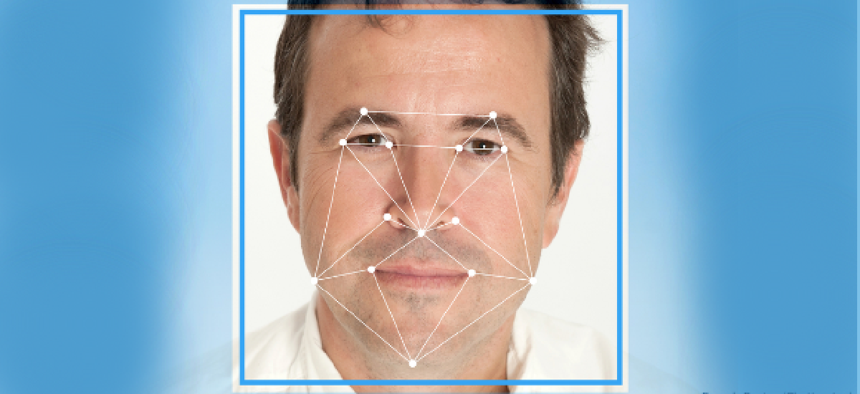SRI rapid-fire facial scanner IDs people on the move


Connecting state and local government leaders
SRI International debuts its IOM Passport SL system, a facial scanner for fast identification of people on the move, in high traffic areas.
Facial recognition systems are not new, and are even being used in the Afghanistan theater to identify people who pose a threat.
However, the systems are often fairly slow and normally only work with one person at a time, with long waits between scans. Now SRI International has introduced what it calls the IOM Passport SL system, which enables fast facial recognition in busy areas.
The IOM Passport offers a much quicker way to scan people, SRI claims. The system requires that those who need to be scanned to pass through a platform that sets them up a perfect scan by the camera.
The IOM Passport, which includes SRI’s face capture and dual-iris recognition programs, can then accurately scan anyone passing by without forcing them to stop, or even slow down. SRI says the system is able to process up to 30 people per minute, or one person every two seconds, making it perfect for busy locations where security might be an issue.
“Positive identification of individuals in crowded security locations, such as corporate lobbies and airports, is becoming more critical,” said Mark Clifton, vice president for products and services at SRI. “Incorporating high-speed biometric identification into existing security infrastructures without limiting throughput can address this challenge.”
Several facial recognition scanners have been introduced in the last couple of years, including Shuttle Computer Group's HR70 system, which unlocks access doors for authorized users after a facial scan.
However, most of these products require a user to stand in front of the device to initiate a scan. They are also built for users who expect to be scanned in order to enter a building where they work, for example. In contrast, the IOM Passport is more streamlined, scanning users who are being directed through a hallway or turnstile for the scan.
For years people trying to spoof scanners have used everything from glitter to paint to confuse scanners.
Even with SRI’s solution, someone could simply look away or cover his face when walking through the scanner field. Most likely, therefore, a human guard would still need to be posted beside each scanner to stop people who, accidentally, or on purpose, don’t get a proper scan. Even so, the IOM passport looks like a technology improvement in the ongoing war to keep the public safe.




